The city’s name derives from “Redones,” a Celtic tribe that established its chief township here in the second century B.C. At that time, the township was called “ Condate” ( a Celtic term that meant “confluence” since the town was established at the junction of the two rivers mentioned above). This whole region was known as the ancient “Duchy of Brittany “ (a Medieval feudal State).
During the third century A.D., the Romans had occupied the region and turned the town into a fortified compound, with strong walls around it to fend off invasion. The town’s strategic position established it as an important communication center for western Gaul. The Romans renamed it “Amorica”” ( meaning “on the sea”). After the Romans left , the Dukes of Brittany ruled the area as an independent region, until 1528, when it became part of France.
Between 1615 and 1655, Rennes’ parliament building was constructed by Solomon de Brosse, the same architect who created the Palace of Luxembourg in Paris. A huge fire in 1720 greatly damaged most of the town. It took years to rebuild. At the time of the French Revolution, Rennes had become the headquarters for the Republican Army in its fight with the “Vendeens” (royalist insurgents). In 1899, the retrial (on charges of espionage) of Captain Alfred Dreyfus took place here. His case was unsuccessfully championed by the writer, Emile Zola.
As World War II waged on, much of the city was again destroyed, this time by Allied bombing raids. Rennes’ Cathedral (which had been built in 1844) had two of its towers ( belonging to an earlier structure) destroyed.
Today, many tourists visit Rennes to see its storied half-timbered houses, as well as its famous weekend farmers market (one of France’s largest)in Marche des Lices.(originally, this was the location for one of Rennes’ largest factories). Now-a-days, the city is also noted for its research in the biotech and medical fields.
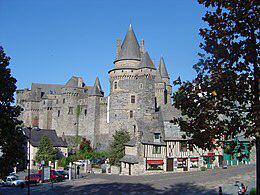
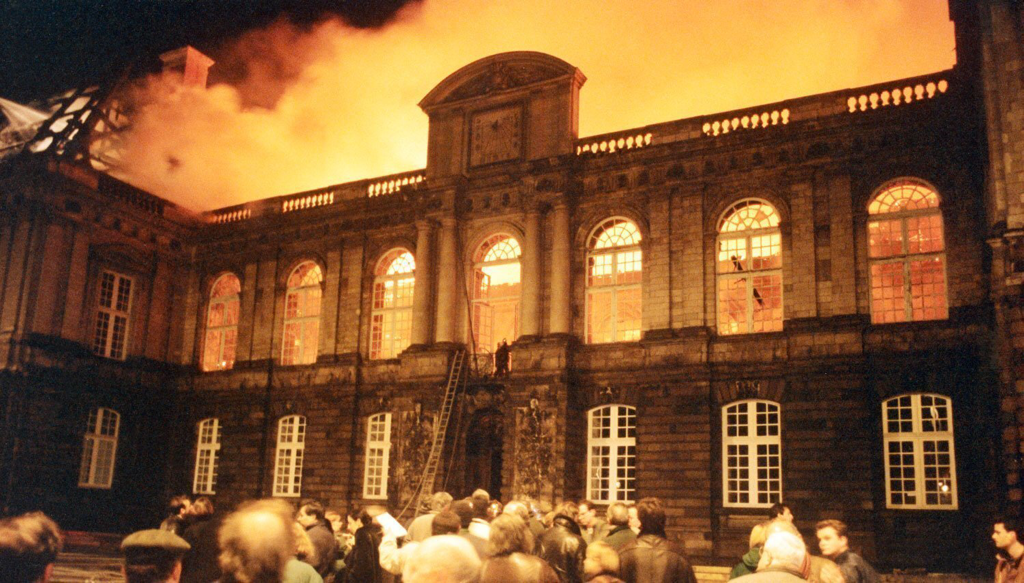
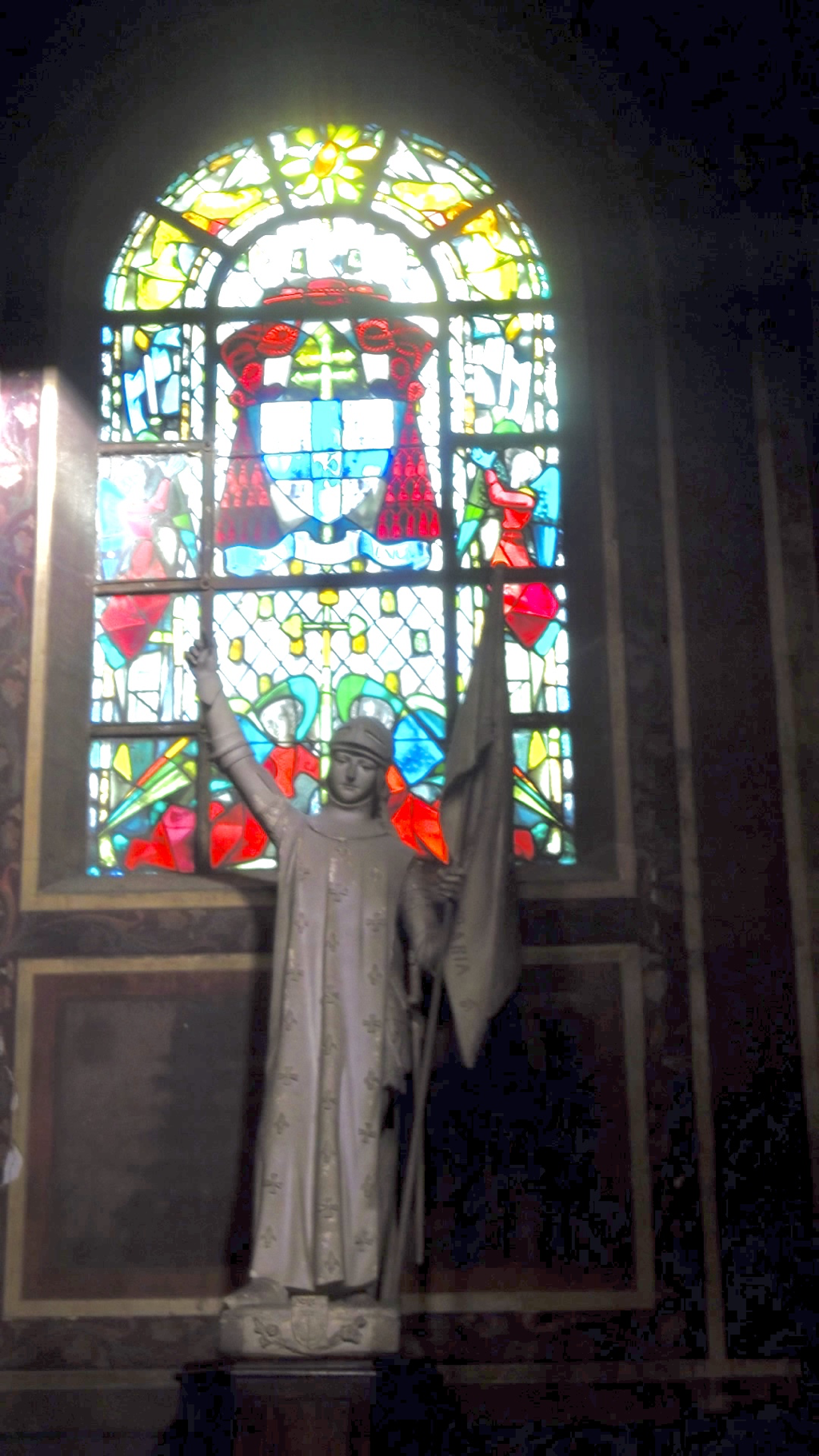
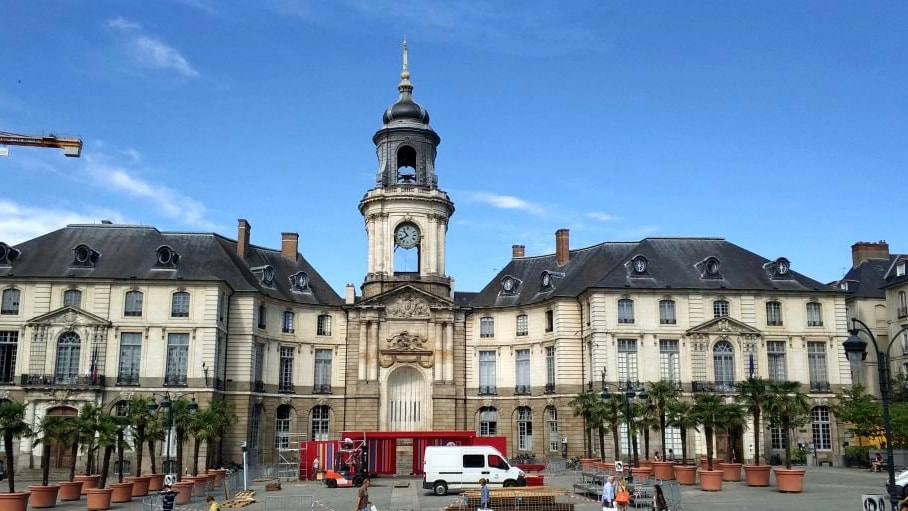
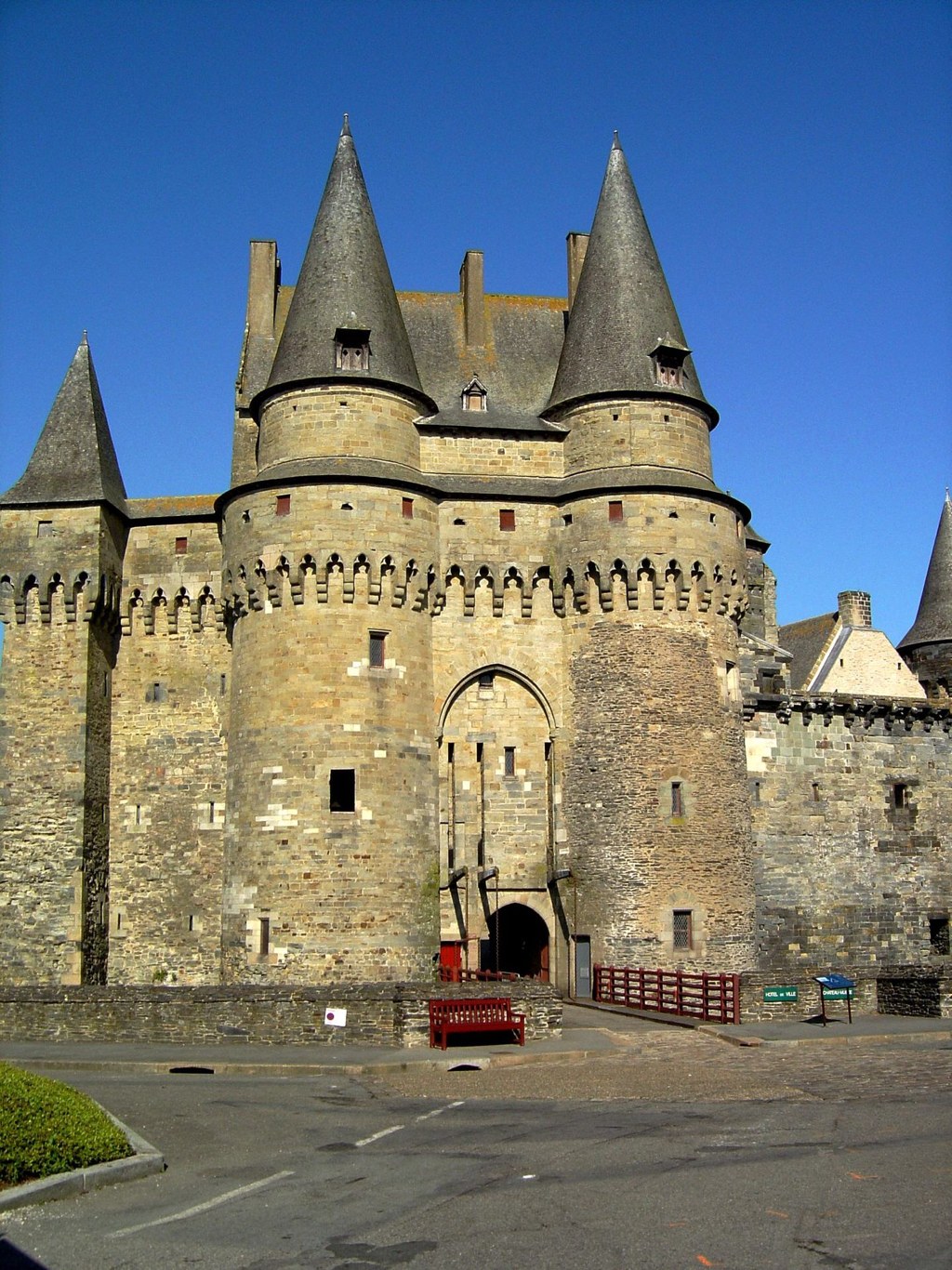
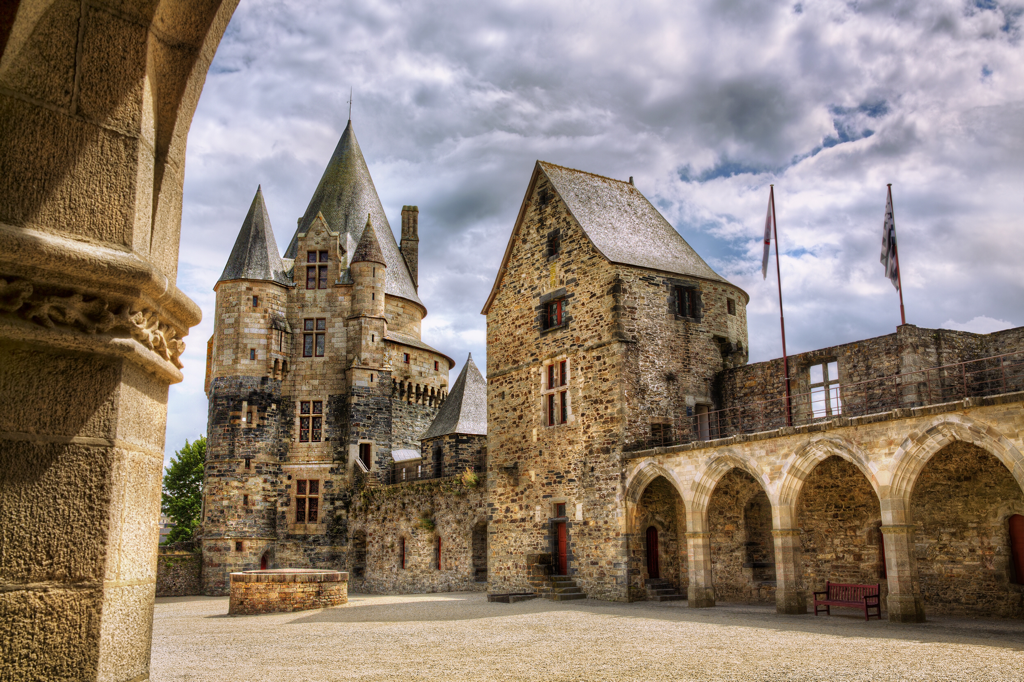
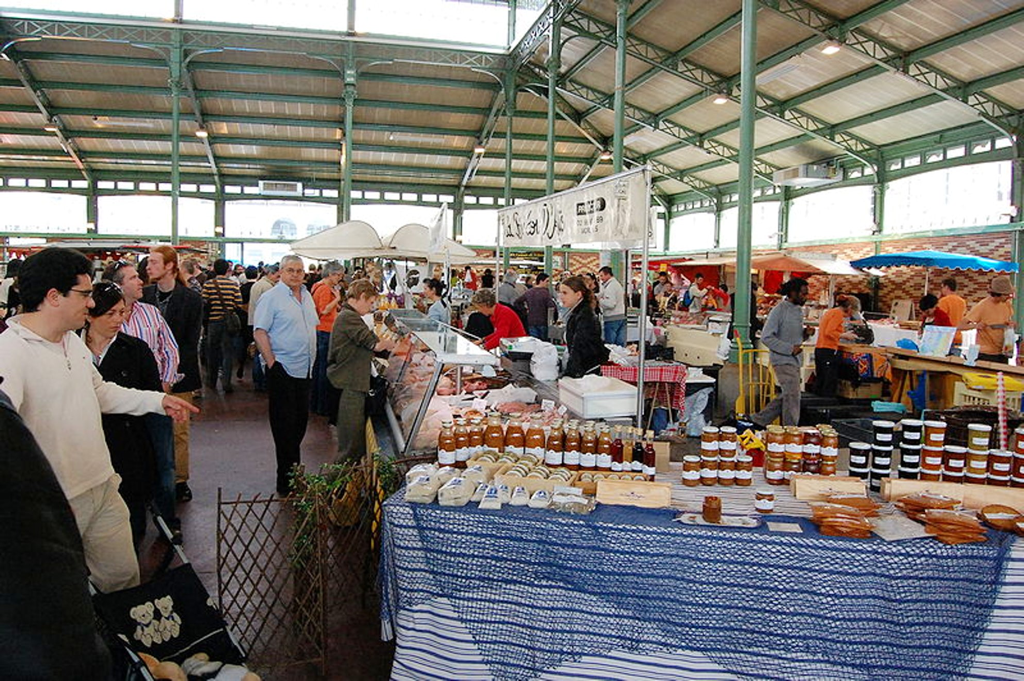
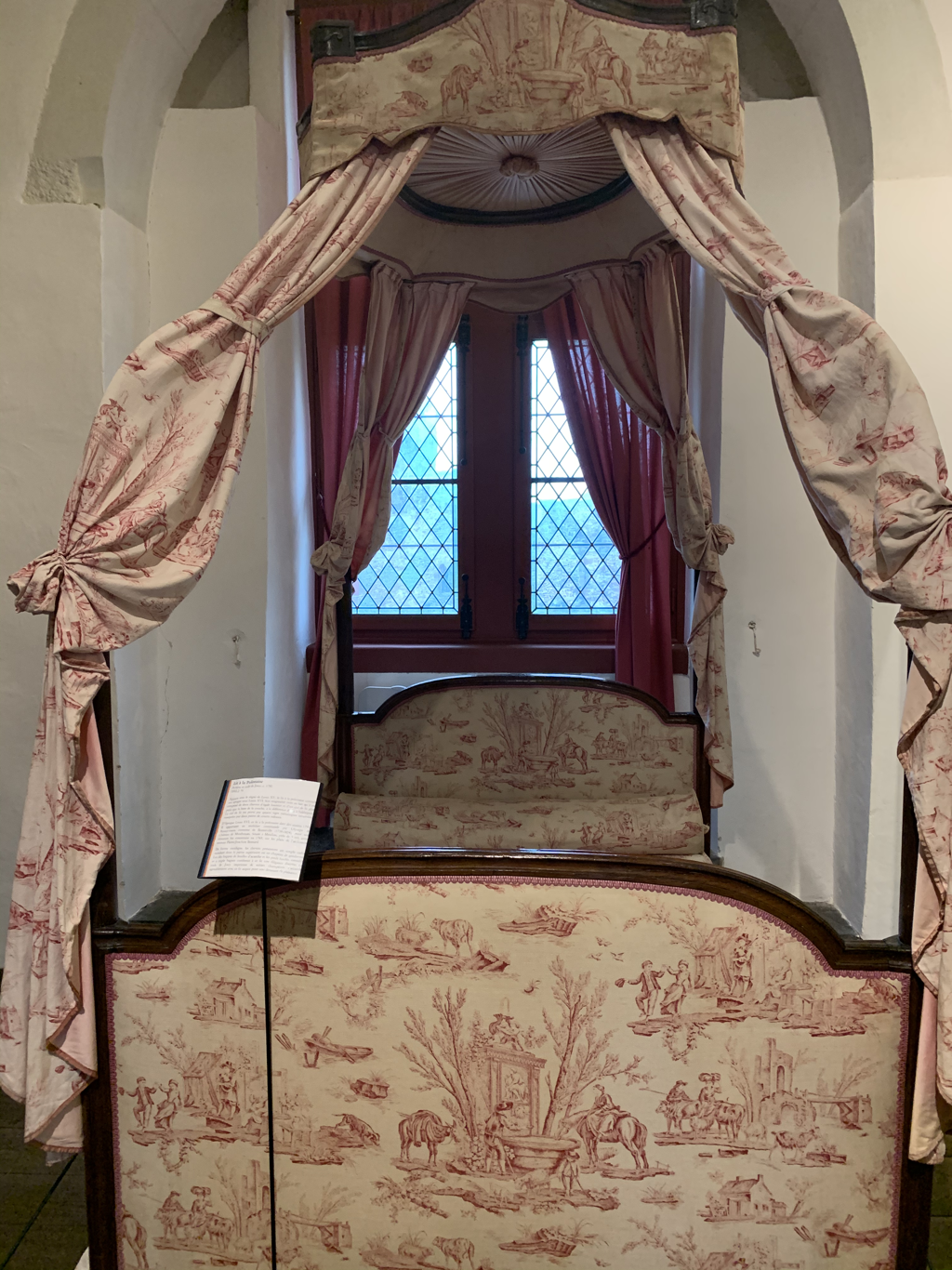
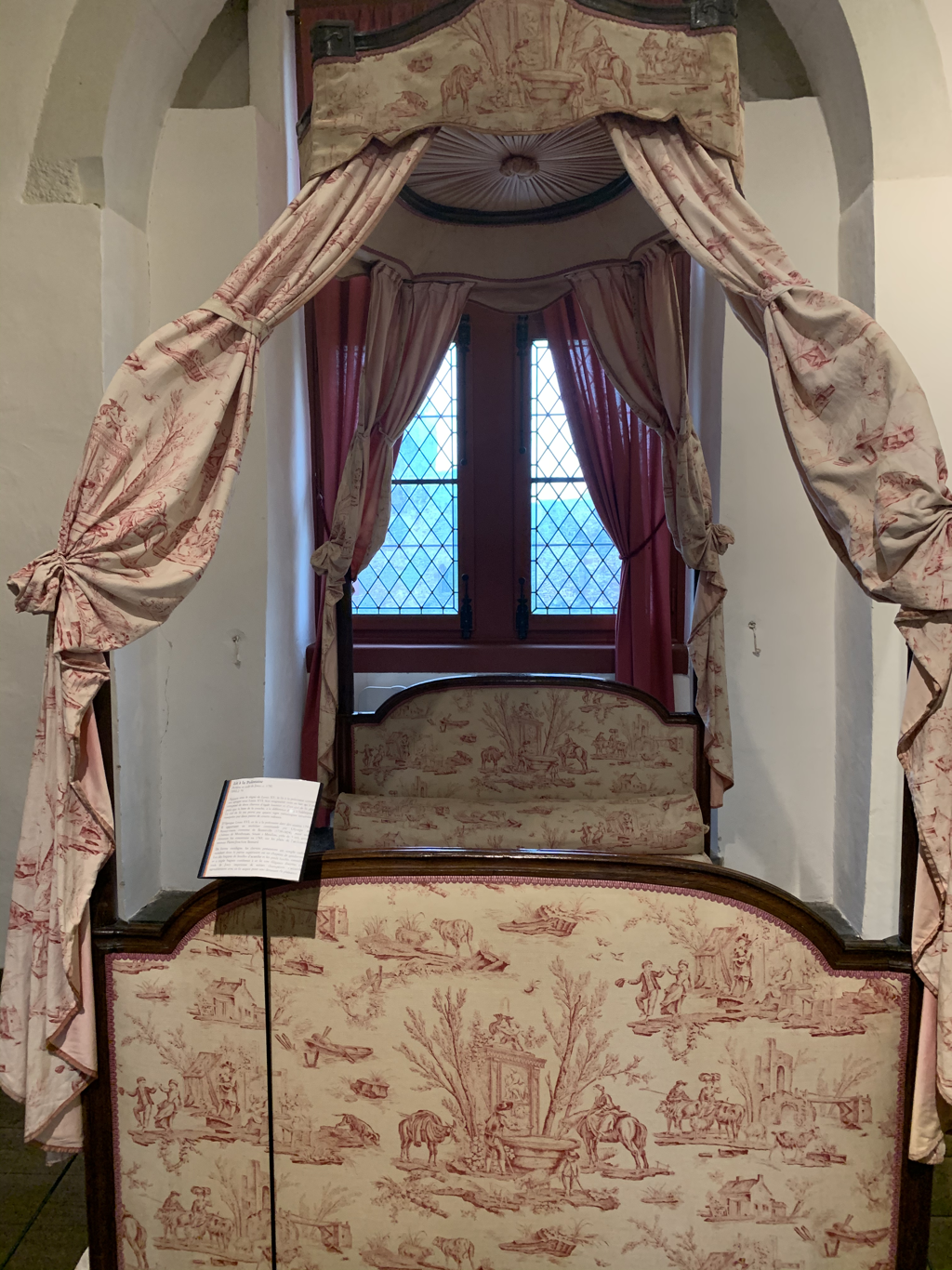
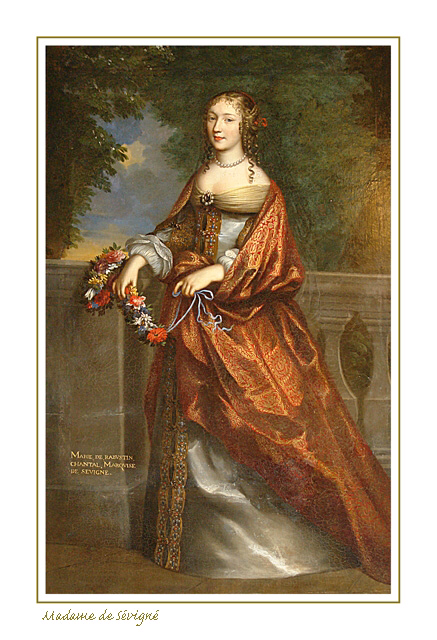
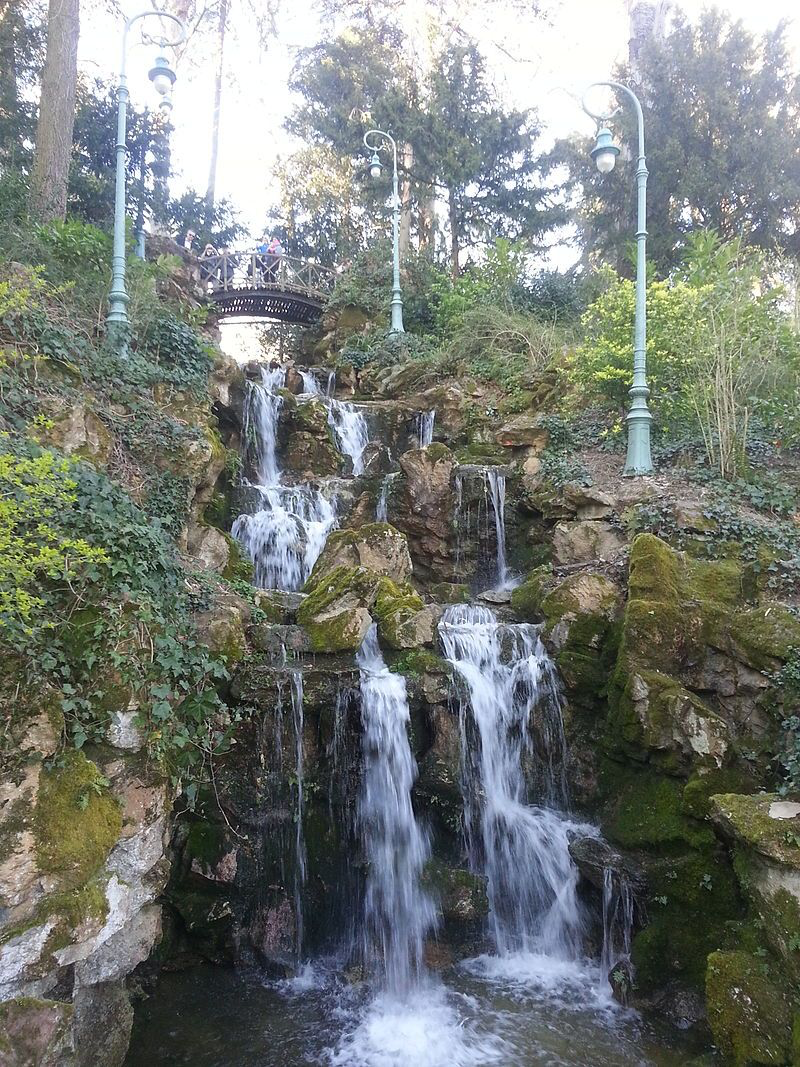
 RSS Feed
RSS Feed
